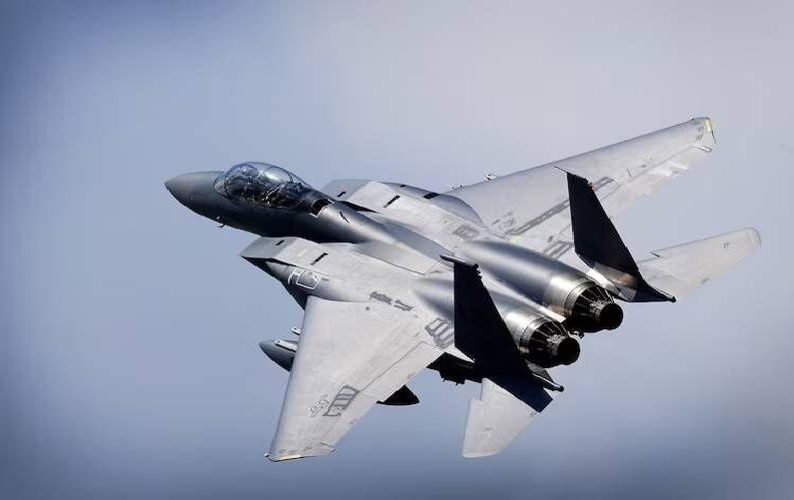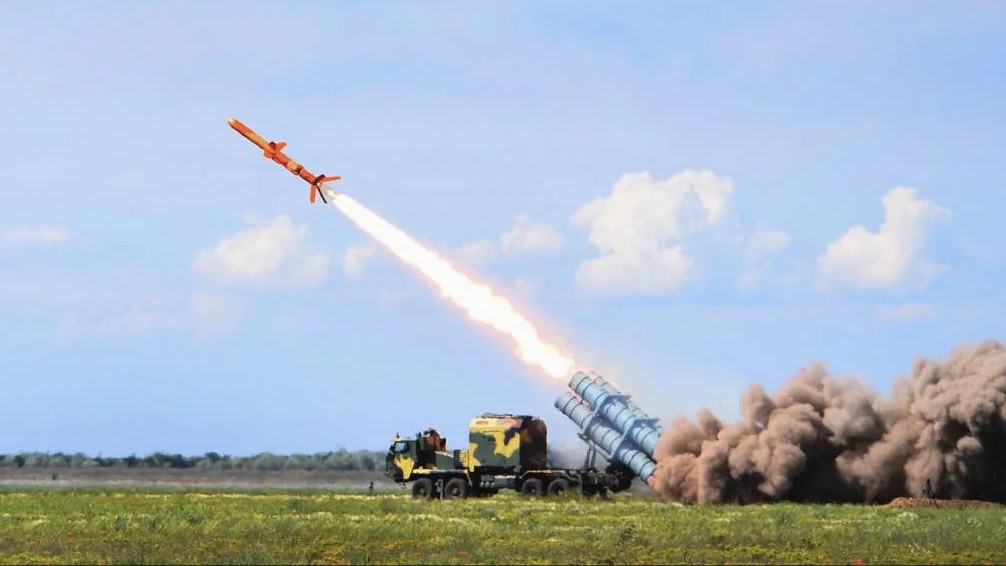Could India Save 3 Billions $ by Opting for the F-15 Instead of the Rafale in Fighter Jet Deal?

In the high-stakes arena of fighter jet procurement, every detail counts, especially when billions of dollars are on the line. India's Multi-Role Fighter Aircraft (MRFA) tender, which aims to add 114 aircraft to the Indian Air Force's (IAF) fleet, has spurred considerable debate, especially in light of Israel's recent deal with Boeing for F-15s. Analysts are now contemplating whether the F-15 could present a better value proposition than the French Dassault Rafale.
The Comparative Cost Perspective
Recently, Israel signed a $5.2 billion contract with Boeing for 25 F-15 fighter jets. The cost per aircraft in this deal, which includes essential infrastructure, logistics, and training, works out to around $208 million. In contrast, when India purchased 36 Rafale jets from Dassault in 2016, the per-unit cost hovered at $236 million, a figure that critics argue was steep even then.
Given that India’s MRFA tender involves a far larger number of aircraft, totaling 114 units, the financial implications are significant. If India sticks to the Rafale deal's earlier pricing, the estimated cost could hit a massive $26.9 billion. Opting for the F-15 instead, at Israel's negotiated rate, would potentially save over $3 billion, bringing the overall cost down to about $23.7 billion. In an economy where defense budgets are always under pressure, that is no small amount.
The F-15: A Powerhouse of Capabilities
The F-15, known for its exceptional thrust-to-weight ratio, remains one of the most powerful air superiority jets in the world. With its ability to carry over 13 tons of munitions, the F-15 excels in payload capacity, surpassing many contemporaries. The aircraft can reach speeds of over Mach 2.5, making it highly suited for both interception and strategic strike missions.
Moreover, the F-15EX, a modernized version offered to India, comes equipped with a digital cockpit, advanced radar systems, and open architecture that facilitates quick upgrades. Notably, it boasts compatibility with long-range standoff weapons and can integrate seamlessly with U.S.-made air defense systems, an advantage given India’s growing strategic ties with Washington.
The Rafale’s Proven Track Record
However, choosing the Rafale isn’t just about the hardware. These jets are already operational within the IAF, with squadrons stationed and experienced pilots accustomed to their systems. The Rafale offers a tried-and-tested multirole capability and benefits from India's existing investment in infrastructure, pilot training, and logistical support. It has proven its reliability in different combat scenarios, including recent exercises showcasing its role in both air defense and precision strike missions.
Furthermore, the Rafale deal came bundled with crucial technology transfer agreements and commitments for joint ventures under India's "Make in India" initiative. These factors streamline future integration and reduce additional expenses in adapting the platform.
Strategic and Logistical Calculus
Beyond cost and performance, strategic considerations loom large. Boeing's F-15 could strengthen India-U.S. defense ties, and the U.S. may offer attractive terms for technology transfer and local assembly. Still, relying heavily on American defense technology poses its own set of geopolitical risks, particularly with the U.S.'s evolving policies in the Indo-Pacific region.
In contrast, maintaining strong defense ties with France and Dassault provides India with a balance in its strategic alignments. Moreover, the Rafale deal already comes with interoperability features tailored to Indian specifications, a significant logistical advantage over introducing a completely new aircraft type.
The Verdict Ahead
The IAF’s decision is far from simple and involves a nuanced evaluation of both aircraft's long-term operational costs, maintenance, and the impact on India's broader defense ecosystem. Choosing the F-15 may offer immediate cost savings and advanced capabilities, but the Rafale's familiarity and embedded integration in the IAF's systems cannot be overlooked.
India's final call will weigh both economic and strategic factors, as any choice will shape its defense posture for decades. With billions at stake, a clear, holistic understanding of all trade-offs is critical.


